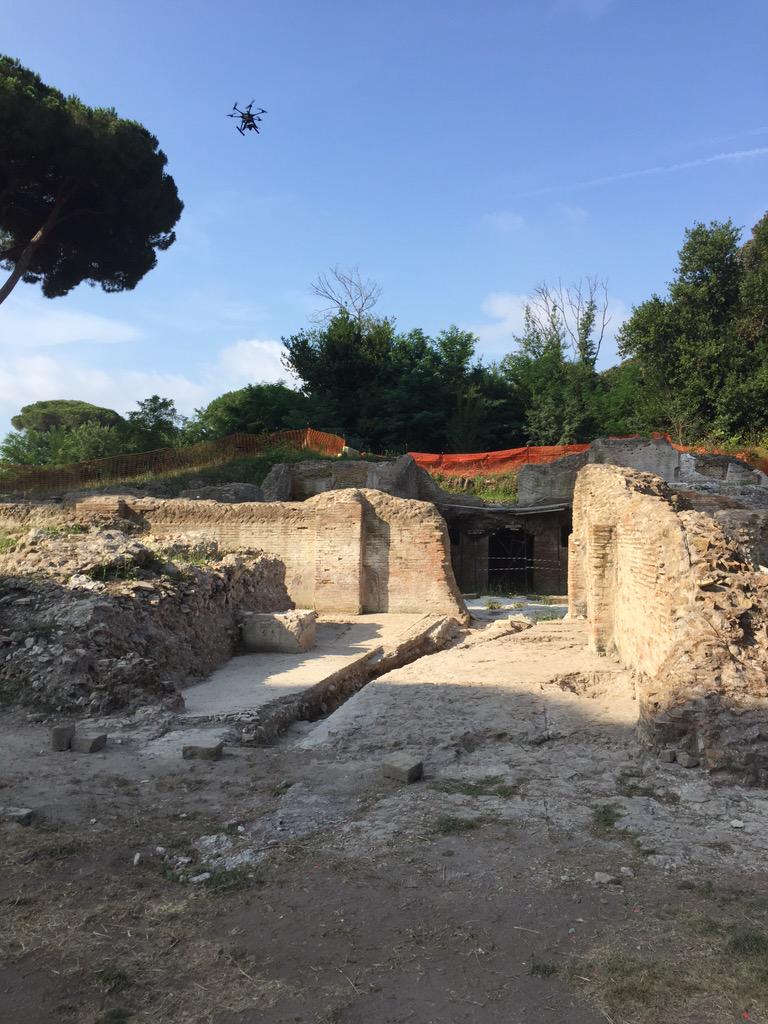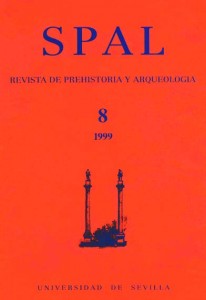As we near the end of the year, I'd like to report on a few additions to
CDLI content and functionality that might be of interest to some in
cuneiform studies and related fields. These additions resulted in large
measure from the project Creating a Sustainable Cuneiform Digital
Library (CSCDL)–phase 3, under the general management of CDLI at UCLA,
and generously funded by the Mellon Foundation, by UCLA's Humanities
Division (supported by its Center for Digital Humanities), and by Oxford
University.
The first is a technical improvement achieved by
Émilie Pagé-Perron of the University of Toronto. Her implementation of a
CDLI search-renderer feed of an online viewer now accommodates the RTI
images of cuneiform artifacts that Oxford co-PI Jacob Dahl and research
associate Klaus Wagensonner (now at the Free University of Berlin)
created, working in the collections of the Ashmolean Museum and the
Louvre, and in smaller numbers in those of Oslo (Schøyen), Manchester
(JRL) and Philadelphia (UPenn); Bruce Zuckerman's West Semitic Research
Project at USC also imaged for us the Khorsabad reliefs of the Oriental
Institute Museum (Chicago). These files currently document 2,279
surfaces of 1,085 individual artifacts—in 8,570,000 discrete jpg's. Our
use of this online viewer, written by Gianpaolo Palma as a
sub-initiative of the cultural heritage capture technologies being
developed at the Visual Computing Lab of CNR-ISTI (Pisa), is described
at <
http://cdli.ucla.edu/?q=rti-images>.
The viewer does not pretend to replace the higher-level capabilities of
such powerful RTI viewers as InscriptiFact (WSRP) running on local
workstations, but it does offer some of the strengths of RTI image files
in a true online environment. In these, treated artifact surfaces are
presented for immediate browser view; for instance, three artifacts at
<
http://cdli.ucla.edu/search/search_results.php?SearchMode=Text&ObjectID=P215173,P345806,P416821>,
a Sargon II lamassu in the OIM, an Ashmolean prism with Sumerian
literary texts, and an Old Akkadian account from the Louvre, each
hyperlink to several RTI images. Users may click on one of these links
after "View RTI" above the entry thumbnail, and then on the light bulb
found in the tool box at the upper left. Clicking, holding and moving
your cursor round about the image determines the light source and raking
angle, while the magnifying glass (or scroll ball/tracking pad in your
mouse) allows you to enlarge the image up to and down from pixelation.
It does not require as much practice as some of your
Christmas
toys to become expert at the use of this simple viewer. We are now
discussing making the much more cumbersome full RTI files available for
download to and viewing on local computers, using whatever full viewer
users might have available to them.
Other additions to CDLI are in the realm of content:
To begin, <
http://tinyurl.com/zelrw7e>
displays, in groups of 2,000 entries per scroll view, the now full
Louvre catalogue completed as a component of the Agreement of Scientific
Cooperation signed by the Louvre and UCLA in
March 2013 (<
http://cdli.ucla.edu/?q=news/louvre-and-cdli>, and see <
http://cdli.ucla.edu/collections/louvre/louvre_fr.html>).
In a collaborative effort among Louvre staff and Klaus Wagensonner,
then at Oxford, this initial full inventory of Louvre cuneiform
artifacts resulted in a total of 12,550 entries, of which some 4,300
remain, so far as we see, unpublished. Wagensonner has, further, added
nearly 1,000 new fatcross image files for online view (<
http://tinyurl.com/hhx44wr>),
including large numbers of unpublished Ur III accounts and receipts,
significant witnesses of Sumerian literary texts, and the DP tablets
heretofore only available in the 1913 hand copies of Allotte de la Fuÿe.
Through this initiative, and following the drive of Jacob Dahl, the
proto-Elamite texts from Susa have achieved the photographic
documentation that so evidently deserve (<
http://tinyurl.com/gog2hec>).
Quite frankly, it is difficult to overstate the importance to the
research of archaic Iran that is represented by the quality of images
presented at <
http://cdli.ucla.edu/P008126>—not so much the dumb images really, as the text annotation that they facilitate.
<
http://tinyurl.com/q567ho4>
are a final set of new British Museum images, also nearly 1,000 in
number. These are largely the result of digital camera photography done
by staff working under Jonathan Taylor, Assistant Keeper of the Museum's
Middle East Department, during CSCDL phase 2 and deposited as raw files
at CDLI/UCLA for final fatcrossing. More than half of these entries are
currently listed as unpublished; we are, as ever, grateful for any
feedback from specialists that would assist us in the many text
identifications we have certainly missed.
<
http://tinyurl.com/gnz6n4b>
is the now complete set of cuneiform text artifacts located in the
collection of the Royal Ontario Museum of Archaeology, Toronto. ANE
Curator Clemens Reichel has kindly allowed us to make public, here,
images of all located artifacts, including ROM's 460+ unpublished 2nd
and 1st millennium texts. Permission to publish these texts should be
arranged through Dr. Reichel. For an overview of the collection, see
<
http://cdli.ucla.edu/collections/rom/rom.html>.
In
the past year, we have added substantial numbers of fatcrosses of
tablets in the collection of the Princeton Theological Seminary <
http://cdli.ucla.edu/collections/pts/pts.html>.
UCLA graduate student Michael Heinle has recently undertaken CSCDL's
final capture mission to the PTS, and is processing our archival images
to complete work on their 2,900 texts. We were, unfortunately, not given
permission to access the largely unpublished Princeton University
Library collection of some 1,250 cuneiform texts.
Now finally,
those whose interest in proto-cuneiform has never flagged will have
noted that the ongoing conflict in and around Baghdad shelved the final
volumes in the ATU series planned for Iraq National Museum texts, while
at the same time heavy numbers of Late Uruk texts have become available
to research in the aftermath of the two US-led wars against Iraq. Faced
with the unlikelihood of achieving a completed paper publication of
proto-cuneiform artifacts from Uruk, Hans Nissen determined that all
such data created in preparation for those volumes (ATU 8-9), as well as
all records of proto-cuneiform artifacts generally, should be made
available online so as to facilitate ongoing and future research. CDLI,
as successor host to the online components of ATU, has therefore
endeavored to gather and process for web dissemination all available
proto-cuneiform documentation, regardless of the origin of such data. As
a modest homage to Nissen's Archaische Texte aus Uruk project, to his
personal commitment to all facets of Uruk excavations, and as a living
extension of the ATU series, we completed in the past months a score
generator of all pertinent archaic lexical lists published in ATU 3.
Clicking on Q000002 under the first entry at <
http://tinyurl.com/zb2m3ol>,
for instance, brings up the composite version and all currently known
Late Uruk witnesses to the list known as Archaic Lu2 A (the notorious
Professions List; click on "Download transliterations" to see the exact
form of such transliterations with score-generating tags), while
clicking on "score" brings up the same texts in the full-score version
taught to all Sumerology students in Germany (and entering the Oracc
pages of Niek Veldhuis’ DCCLT site, for instance at <
http://oracc.museum.upenn.edu/dcclt/Q000002/score>).
These scores include the numerous new witnesses in the Norwegian
Schøyen collection, and are a part of a growing number of such compendia
entering CDLI pages at <
http://cdli.ucla.edu/tools/scores/partitur-index.html>.
Bob Englund
Director, CDLI
UCLA
































 Stumble It!
Stumble It!
